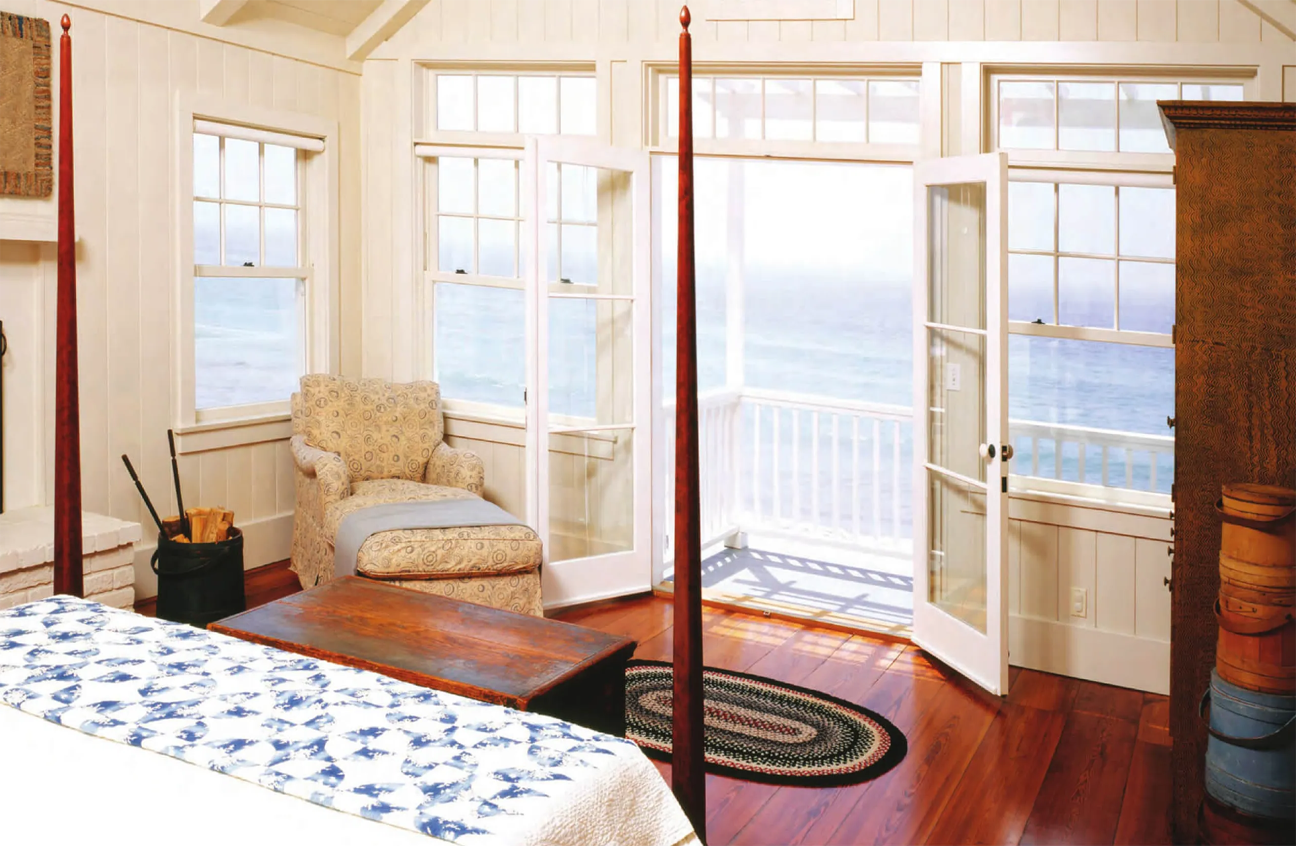
Antique Heart Pine, also known as reclaimed heart pine, represents one of the most prized wood species in North American forestry and construction history. This wood comes from the heartwood of old-growth longleaf pine trees that were harvested primarily in the southeastern United States during the 18th, 19th, and early 20th centuries. The term “antique” refers to lumber that has been reclaimed from old structures such as mills, warehouses, barns, and factories that were built during America’s industrial expansion.
What makes Antique Heart Pine so remarkable is its incredibly tight grain structure, which developed over centuries of slow growth in virgin forests. These old-growth trees often took 200-400 years to mature, resulting in wood with an extraordinary density of growth rings. The heartwood displays a rich amber to deep reddish-brown coloration that deepens with age and exposure to light. The grain patterns are typically straight but can exhibit subtle variations that create stunning visual interest.
The wood’s density and resin content make it exceptionally durable and resistant to decay, insects, and moisture. This natural preservation quality is why structures built with heart pine lumber have survived for centuries. When reclaimed, the wood often exhibits nail holes, saw marks, and other character marks that tell the story of its previous life, adding to its aesthetic and historical value.
Antique Heart Pine works beautifully for flooring, where its durability shines, as well as for cabinetry, millwork, and structural beams. The wood takes stains and finishes exceptionally well, though many craftsmen prefer to highlight its natural patina. Its scarcity and the labor-intensive reclamation process make it one of the more expensive wood choices, but its unmatched character and sustainability credentials justify the premium price.
Exceptional Durability – The centuries-old growth pattern creates incredibly dense, long-lasting wood that can withstand decades of heavy use without showing significant wear.
Rich Patina – Natural aging produces deep amber to reddish-brown coloration that cannot be replicated through artificial staining or finishing techniques.
Tight Grain Structure – Slow growth over centuries results in closely spaced, fine grain lines that create an exceptionally smooth and stable lumber product.
Historical Character – Nail holes, saw marks, and tool marks from previous use add authentic vintage appeal and tell the story of America’s industrial heritage.
High Resin Content – Natural oils provide inherent resistance to decay, insects, and moisture damage, making treatment unnecessary in most applications.
Sustainable Choice – Reclaimed material reduces environmental impact by giving new life to existing timber rather than harvesting new trees.